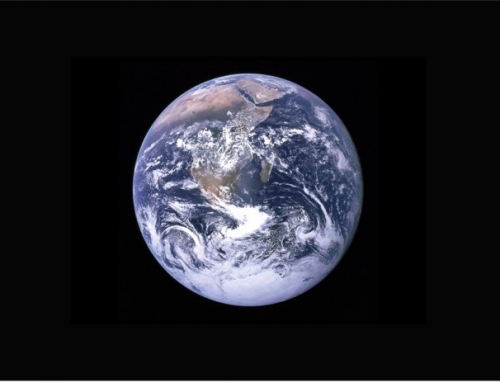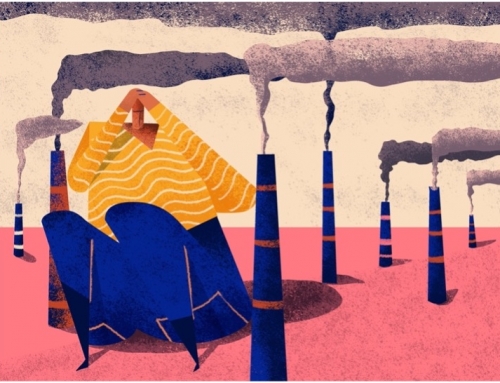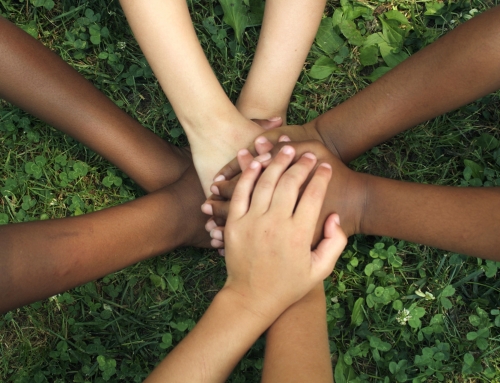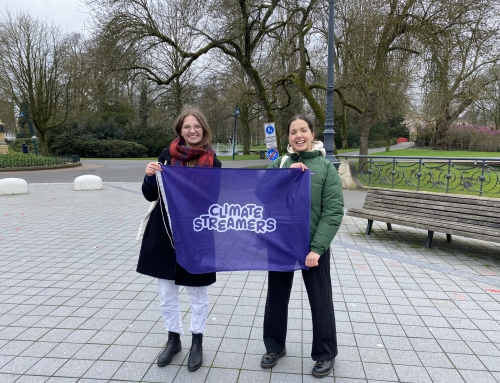Despite the increasing attention the climate emergency receives from media, institutions, and governments, people are still not engaging with the issue as much as we had hoped. The latest IPCC reports (2022, 2023) clearly indicate that current efforts are not enough to mitigate the impacts of climate change, and urgent action is needed to avoid irreversible damage to the planet. So why is it that, despite increasing attention and urgency, people still aren’t engaging with the issue to the necessary extent?
In the previous blog post, I introduced the concept of “hopepunks” (Kelsey, 2020) as a way to counteract the general doom and gloom narratives that can leave individuals feeling overwhelmed and powerless. This idea is particularly significant to me, as I struggled for years to find a balance in my activism. I often felt obligated to participate in actions that didn’t resonate with me, and the negative stories in the media left me feeling paralyzed and stuck in my thoughts and emotions. It wasn’t until I discovered the concept of “active hope” from Joanna Macy (2014) that I could connect with myself more deeply, uncover my ways of environmentalism, and establish the Climate Streamers Foundation.
An Introduction to Active Hope

“If the world is to be healed through human efforts, I am convinced it will be by ordinary people, people whose love for this life is even greater than their fear.”
Joanna Macy, The Work That Reconnects (2014)
“If the world is to be healed through human efforts, I am convinced it will be by ordinary people, people whose love for this life is even greater than their fear.”
Joanna Macy, The Work That Reconnects (2014)
From Active Hope to Climate Streamers Foundation
Macy’s teachings were powerful painkillers for the despair and helplessness that had weighed on me for a long time, and through active hope, I regained a sense of empowerment to take action again. After discovering the concept of active hope, I felt inspired and decided to start Climate Streamers Foundation. This non-profit organization seeks to empower climate action by using leisure elements and applying a positive, inclusive, appreciative, and depolarising approach. Our goal comes from the belief that we need new ways to educate and inspire people on the climate crisis and a diverse range of tools and strategies to empower individuals and communities to take action.
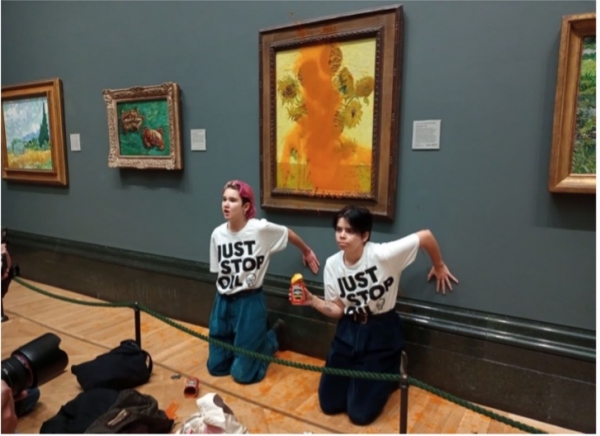
In the past months, there has been a rise in radical actions taken by various climate groups, such as throwing soup at paintings, damaging public and private monuments and even individuals glueing themselves to buildings. While these actions have obtained significant public attention, they have also sparked various reactions, from support to general resentment toward the climate movement and its activists. As I began my graduation project, I recognized the need to gain a deeper understanding of how people were responding to these actions. Therefore, I conducted a survey and engaged in conversations with people between 15 and 30 years old to explore their perspectives and insights on the issue. Through my conversations and survey, it became clear that the radical actions of some climate groups have created confusion and frustration among many individuals who feel distant from these approaches. While some interviewees expressed the importance of extreme actions to grab public attention and challenge the status quo, others emphasized the need for new and more inclusive ways of engaging with the topic of the climate crisis. This sentiment was particularly strong among those who feel underrepresented in current climate movements.
These recent findings reinforced Climate Streamers’ initial research, the one that led to the creation of the organization itself. It was a reminder that our work is now more critical than ever. The lack of diverse perspectives within traditional climate movements highlights the need for a multifaceted approach to climate activism that considers humanity’s vast diversity. By incorporating leisure elements like events, music, art, and games, Climate Streamers provides accessible options for those who want to contribute to the cause without relying on radical actions. Our approach is positive, inclusive, appreciative, and depolarizing, allowing for a wide range of voices to be heard and for everyone to feel represented and empowered to make a positive impact.
My Role in Shaping the Future of Climate Streamers Foundation
While I may not have the answer to the opening question, I am confident in the potential of Climate Streamers to expand and amplify its message of hope and depolarization. Thus, I have decided to dedicate my final academic project to advancing the organization’s reach. By conducting research and engaging in co-creation moments, I will identify opportunities for improvement, such as enhancing our online presence, developing more engaging and accessible content, and strengthening our brand image. I will also look at ways to incorporate more diverse perspectives into our approach and to ensure that our events and activities are inclusive and accessible to all.
References
Intergovernmental Panel on Climate Change. (2023). AR6 Synthesis Report: Climate Change 2023. https://www.ipcc.ch/report/sixth-assessment-report-cycle/
IPCC, 2022: Climate Change 2022: Impacts, Adaptation, and Vulnerability. Contribution of Working Group II to the Sixth Assessment Report of the Intergovernmental Panel on Climate Change [H.-O. Pörtner, D.C. Roberts, M. Tignor, E.S. Poloczanska, K. Mintenbeck, A. Alegría, M. Craig, S. Langsdorf, S. Löschke, V. Möller, A. Okem, B. Rama (eds.)]. Cambridge University Press. Cambridge University Press, Cambridge, UK and New York, NY, USA, 3056 pp., doi:10.1017/9781009325844.
Kelsey, E. (2020). Hope Matters: Why Changing the Way We Think Is Critical to Solving the Environmental Crisis. Greystone Books.
Macy, J., & Brown, M. Y. (2014). Coming Back to Life: The Guide to the Work that Reconnects. New Society Publishers.

